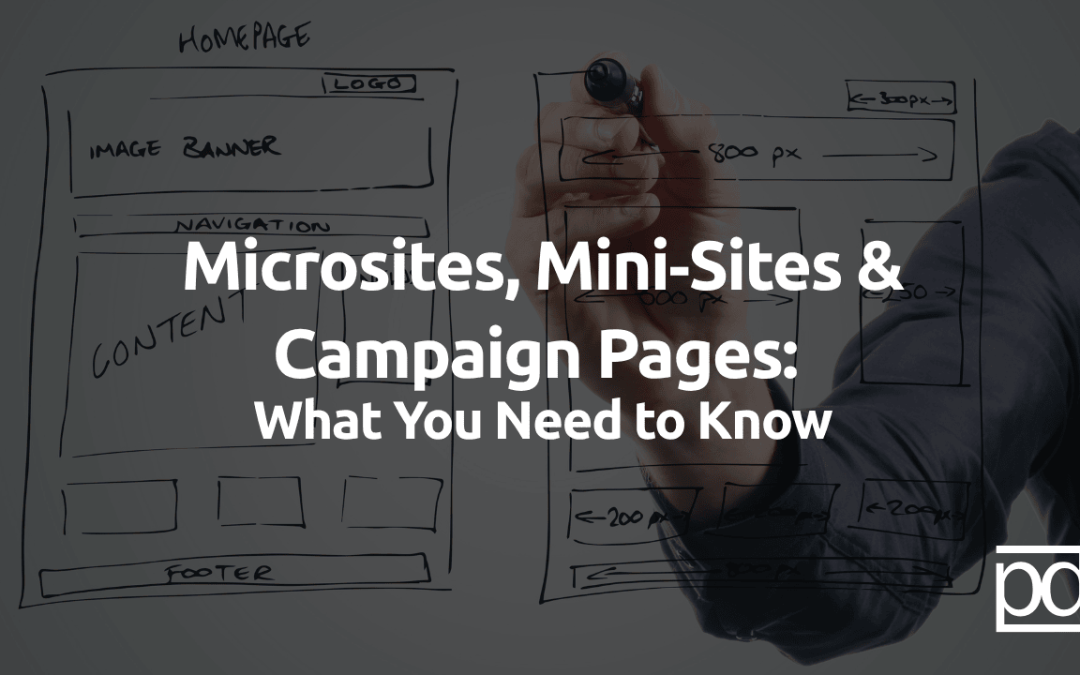Not Every Campaign Needs a Full Website
Sometimes, less is more. Especially when you’re running a focused initiative – like a product launch, nonprofit fundraiser, event, or ad campaign.
That’s where microsites, mini-sites, and campaign landing pages shine. They let you go deep on one message, one audience, and one goal – without cluttering your main site or overwhelming your visitors.
But which one do you need?
Let’s break down the differences, when to use each, and how to make them work for your brand.
What’s the Difference?
Microsite:
A standalone website (often with a unique domain) created for a specific campaign, product, or audience. It may have multiple pages but is separate from your main site.
Example: A nonprofit creates a microsite for its annual gala, with event details, donation forms, and videos.
Mini-Site:
A section within your existing site that behaves like a site-within-a-site. Usually lives under your domain (e.g., /campaign2025) and has a consistent look, but tailored content.
Example: A startup launches a mini-site to promote a new service with FAQs, testimonials, and a pricing breakdown.
Landing Page:
A single page with a focused CTA – typically used in paid ads, email campaigns, or lead-gen efforts.
Example: A marketing agency runs Google Ads pointing to a landing page that says “Get Your Free Website Audit.”
When Should You Use Each?
Use a Microsite When:
- You’re launching a major event or product
- You want a distinct brand identity or domain
- You need a space separate from your main site for PR or SEO reasons
Use a Mini-Site When:
- You want to keep everything under your main brand
- You have repeat campaigns (e.g., seasonal offers)
- You want to support an internal brand or initiative without building a full new site
Use a Landing Page When:
- You have one focused goal (like collecting emails or scheduling a call)
- You’re running ads or email campaigns
- You want a distraction-free conversion path
What Makes These Pages Work?
No matter which route you take, make sure you:
- Use strong, targeted headlines
- Keep the message singular and clear
- Include a defined CTA
- Optimize for mobile and fast load time
- Use visuals that support (not distract from) the goal
Bonus: What About SEO?
Microsites can rank well if they’re optimized, but may compete with your main domain. Mini-sites benefit from your existing site authority. Landing pages often don’t rank unless built with SEO in mind (most are optimized for conversions, not search).
If you care more about PPC or short-term traffic, go with a landing page. For long-term organic visibility, consider a mini-site or main-site integration.
Final Thought: Focus Beats Flash
The real power in microsites, mini-sites, and landing pages is focus. They let you remove the noise and guide users to action – faster.

